Awards and Accreditations

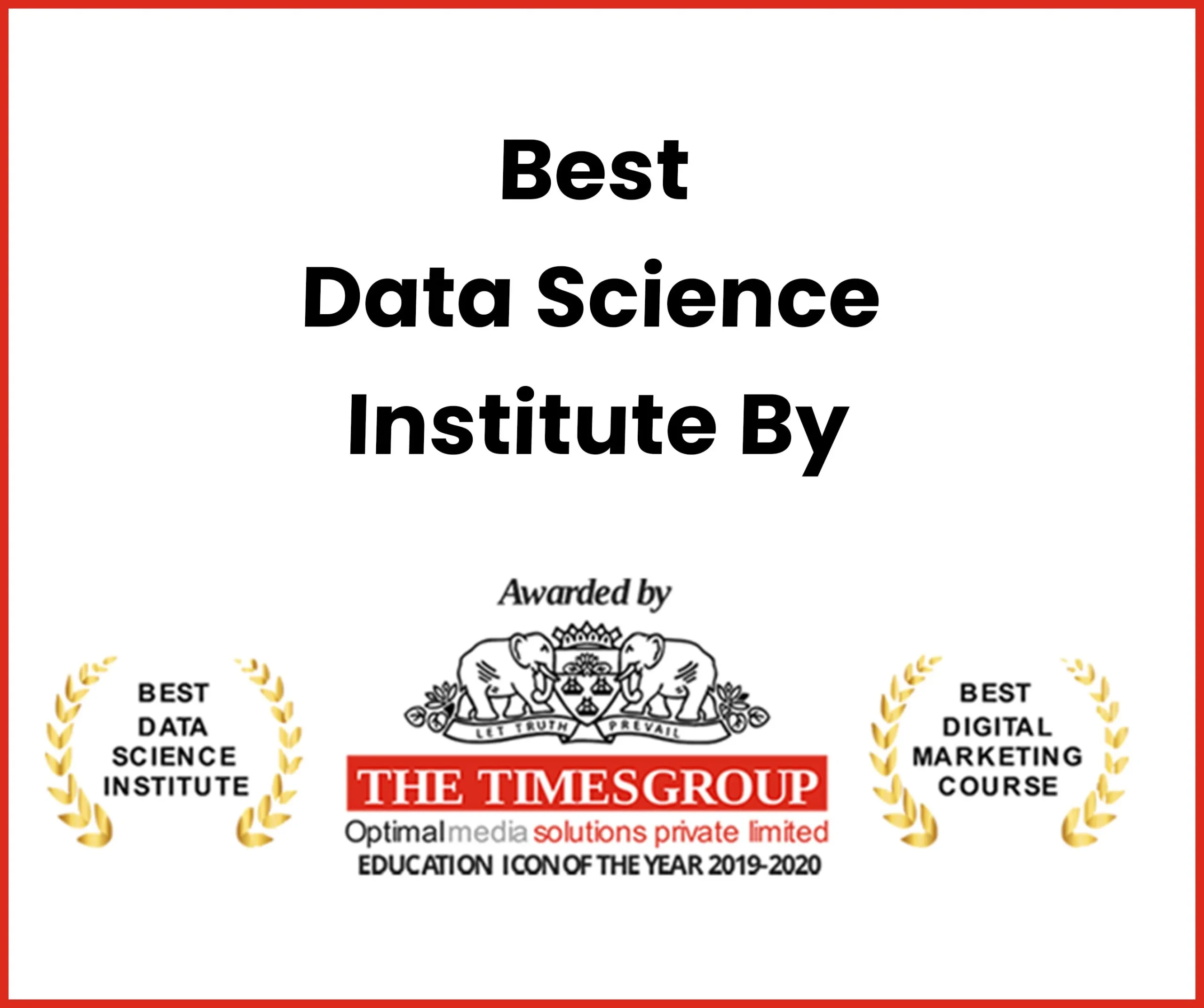


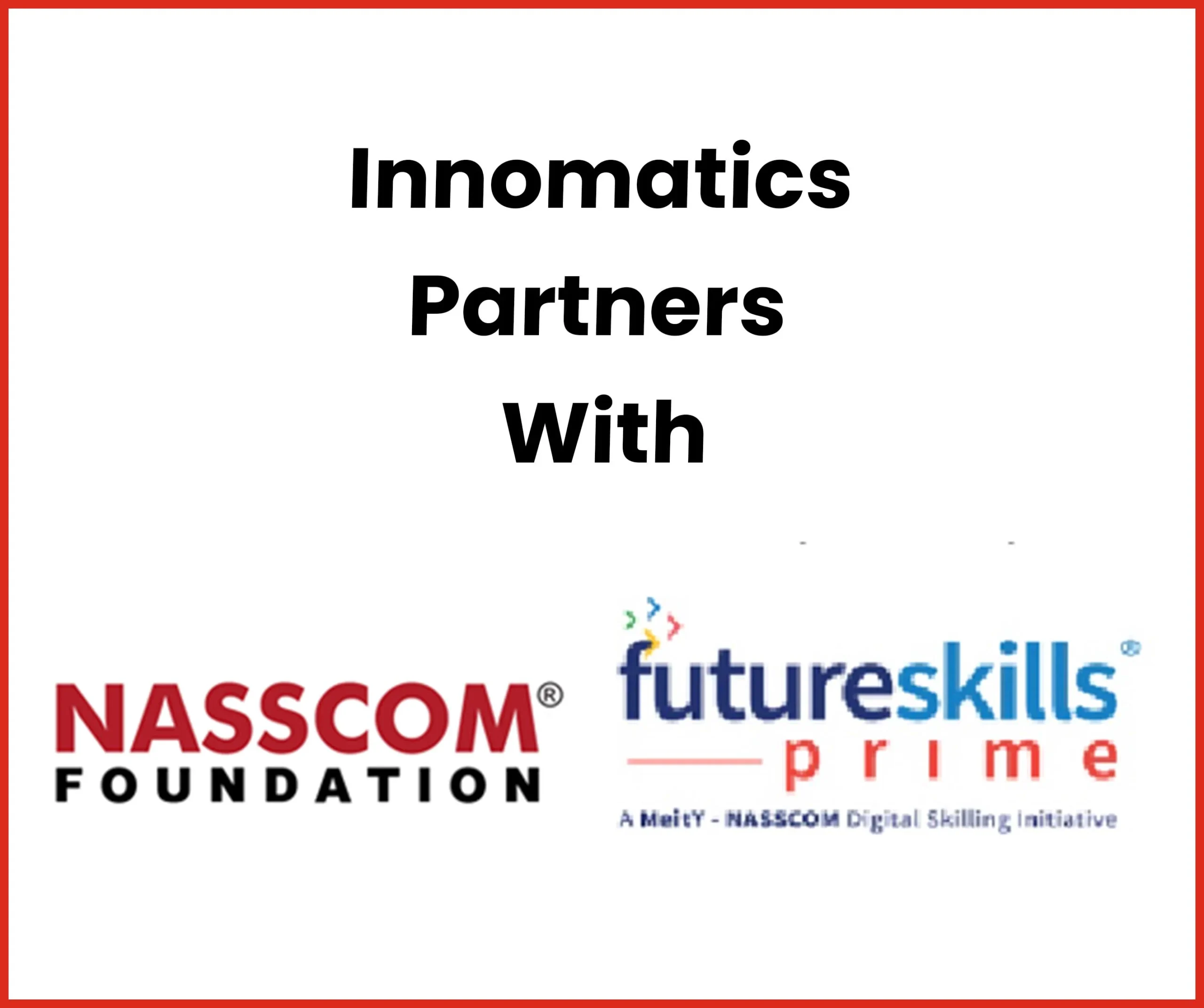
Innomatics Research Labs is a pioneer in “Transforming Career and Lives” of individuals in the Digital Space by catering advanced training on NASSCOM FutureSkills Prime Certified Data Science, Machine Learning, Artificial Intelligence (AI), Full Stack Development, Amazon Web Services (AWS), DevOps, Microsoft Azure, Big data Analytics, and Digital Marketing. We are passionate about bridging the gap between learning and real-time implementation, so empowering individuals to be industry-ready and help firms in reaping huge benefits is our primary goal.
Learn
Advanced Data Science with Gen AI — From Freshers to Tech Pros
Join our industry-aligned Advanced Data Science course designed to make beginners and professionals job ready in Data Science. With hands-on engaging small group projects, expert mentorship support, and advanced tools such as Gen-AI and LLMs, we prepare you for high-growth, specified roles in our AI world today.
- NASSCOM FutureSkills Prime Certification
- Hands‑On, Real‑World Training
- Industry‑Led Expert Mentors
- Flexible Learning Formats
- 100% Placement Assistance
- Ready for the Future of AI
Batches
Free Internships
Hiring Partners
Career Transitions
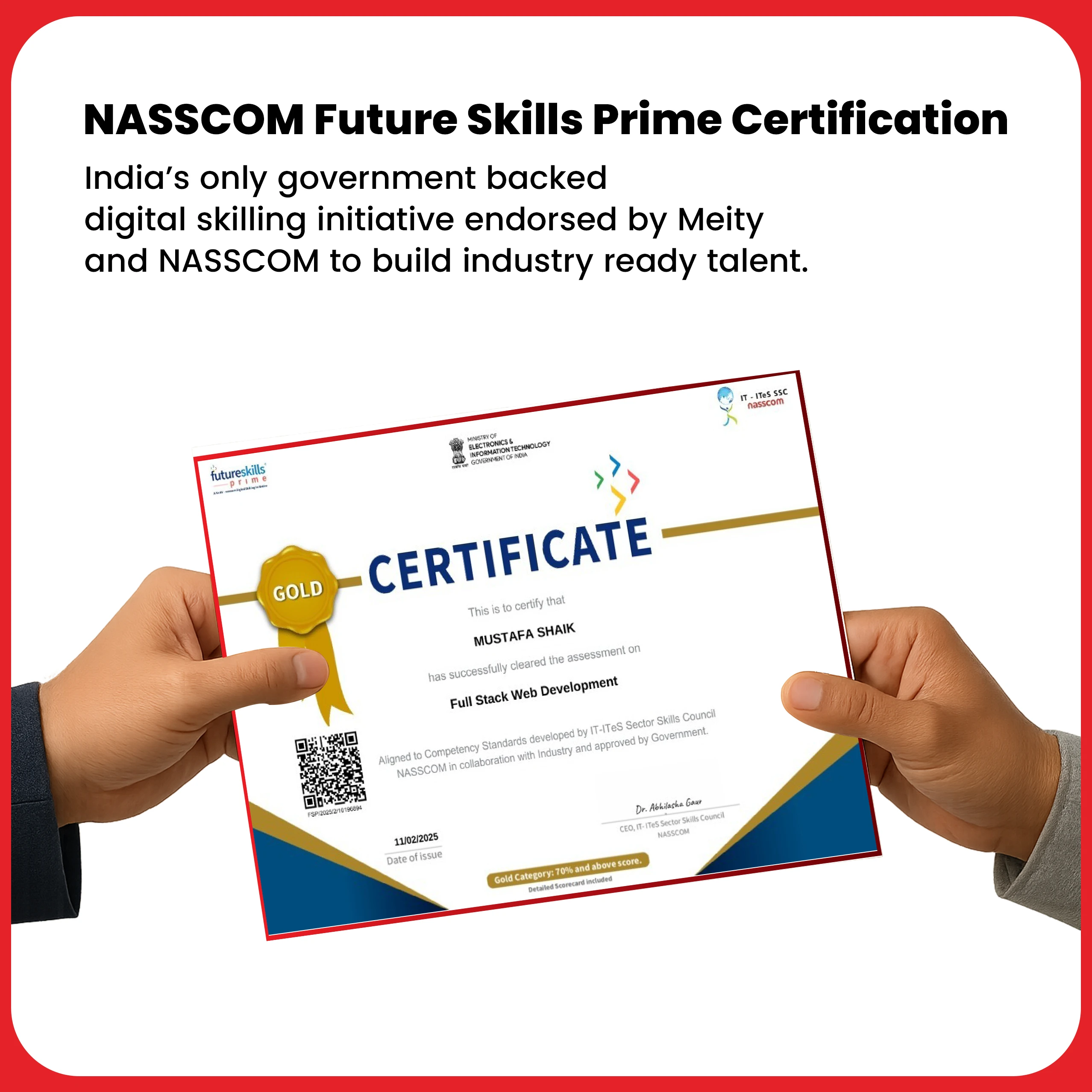
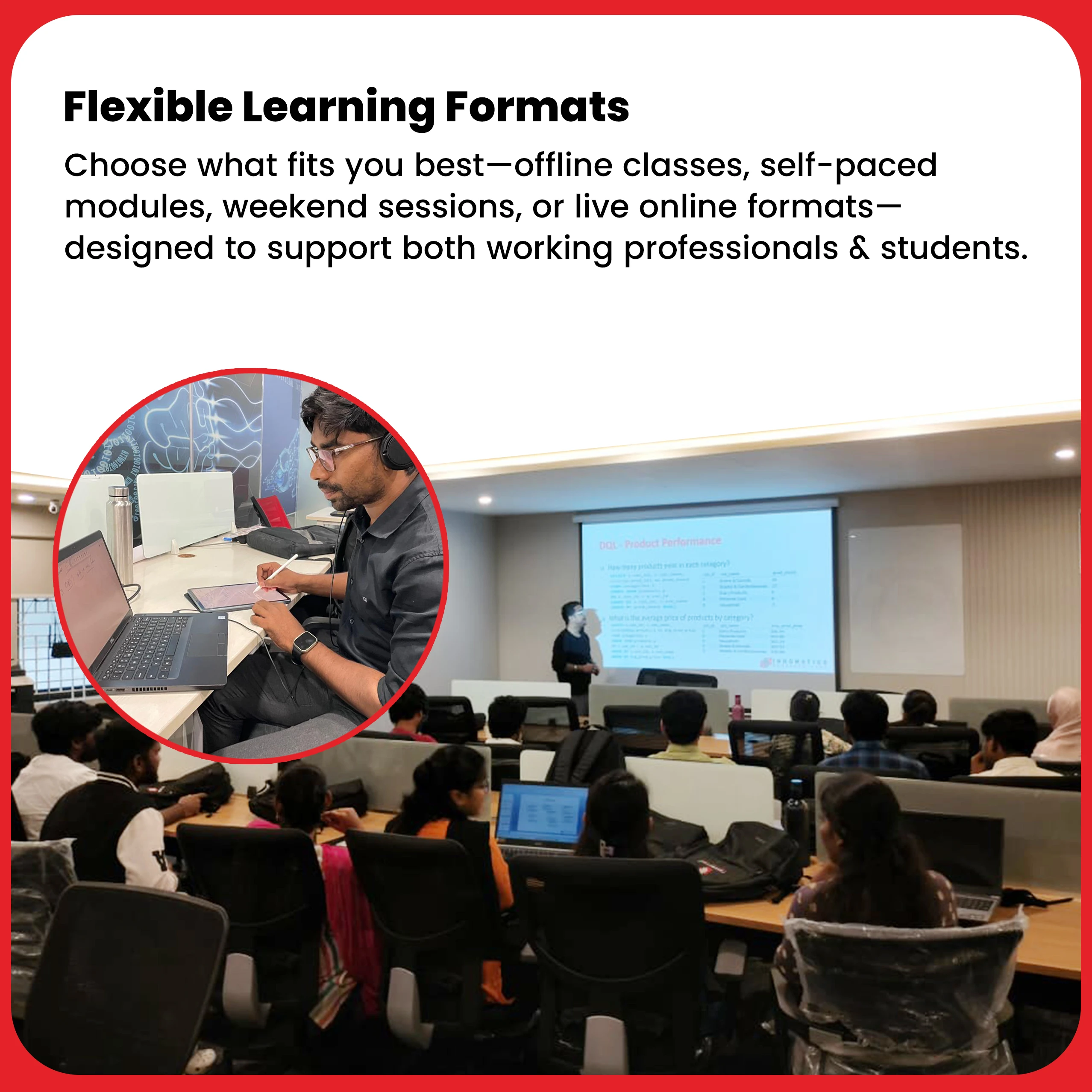
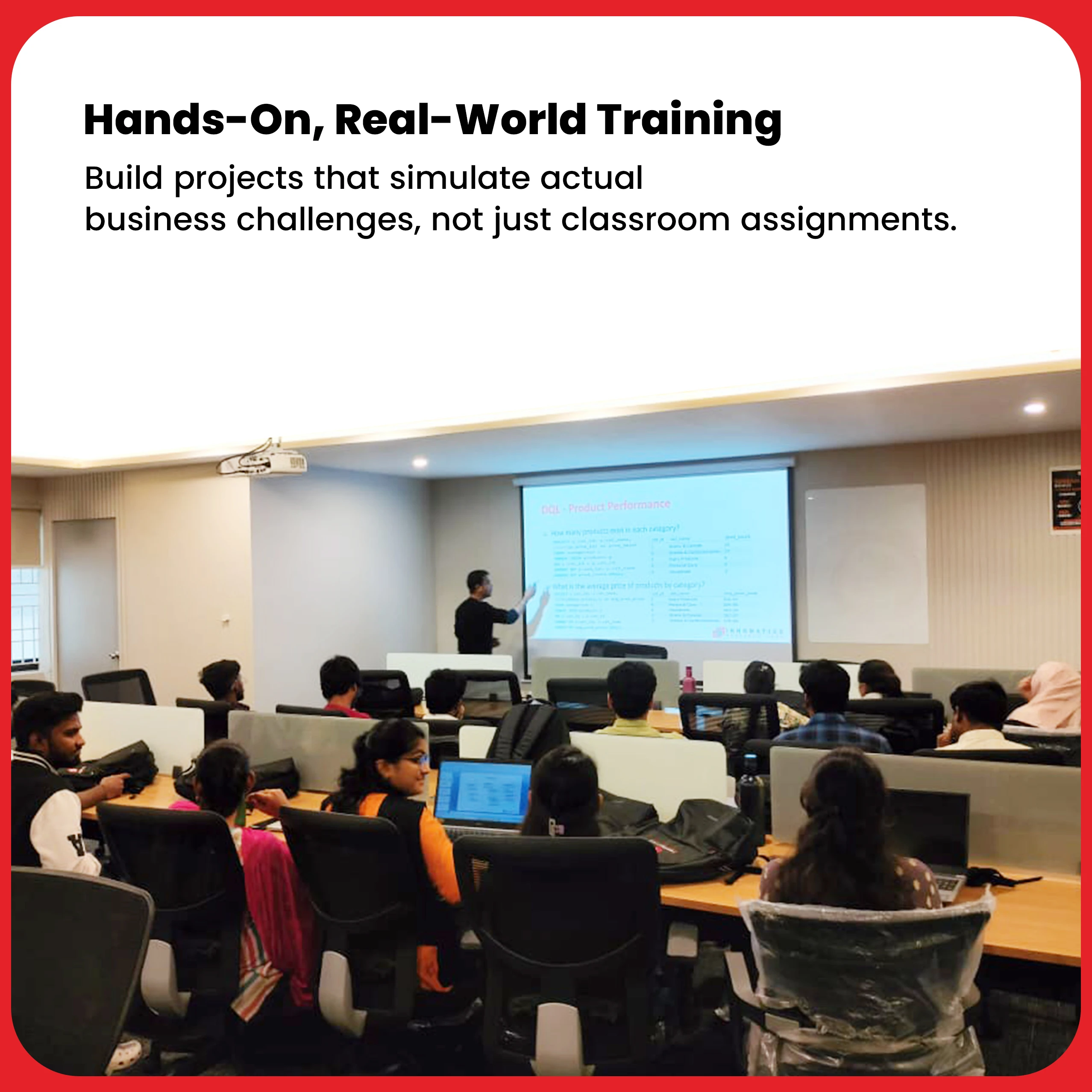
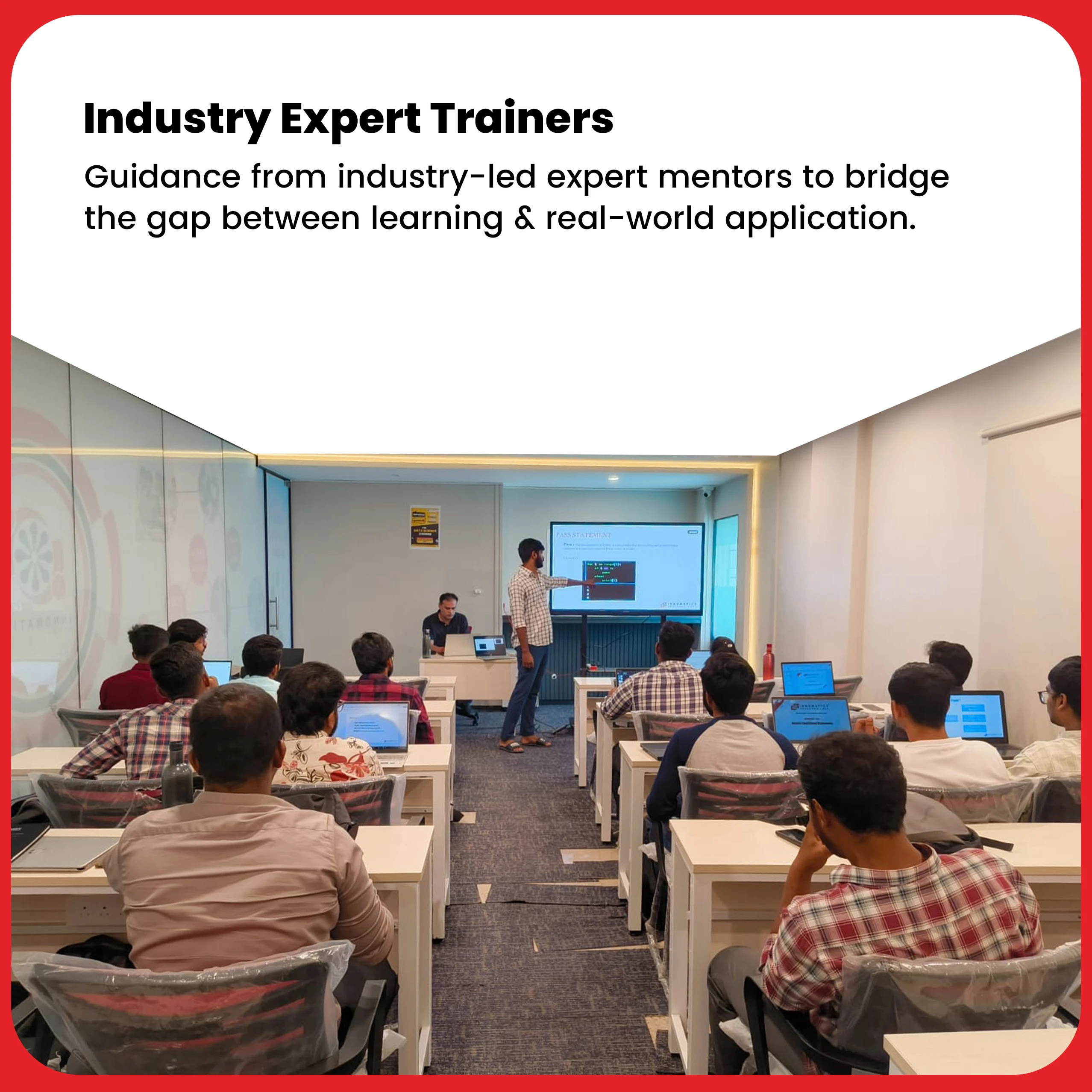

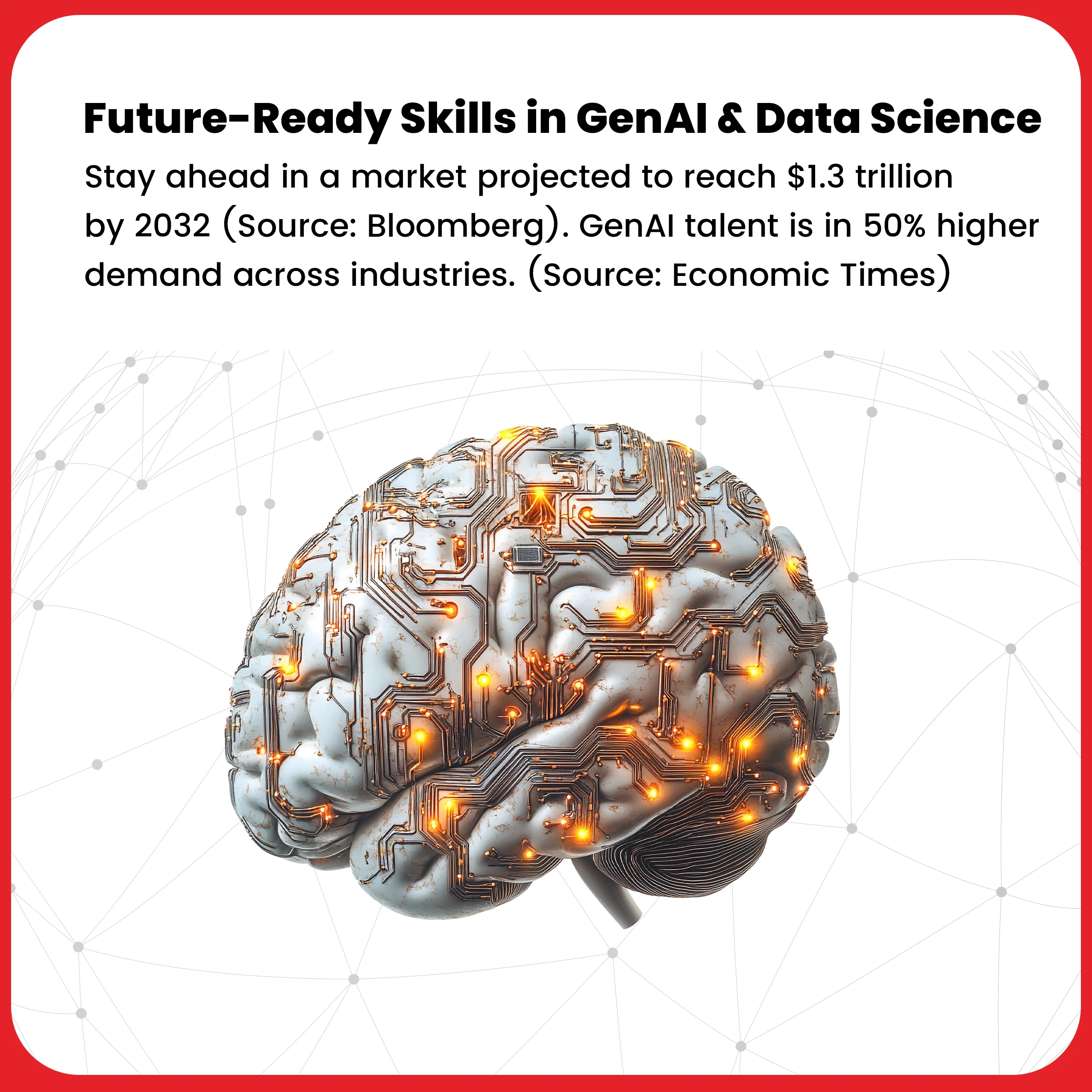
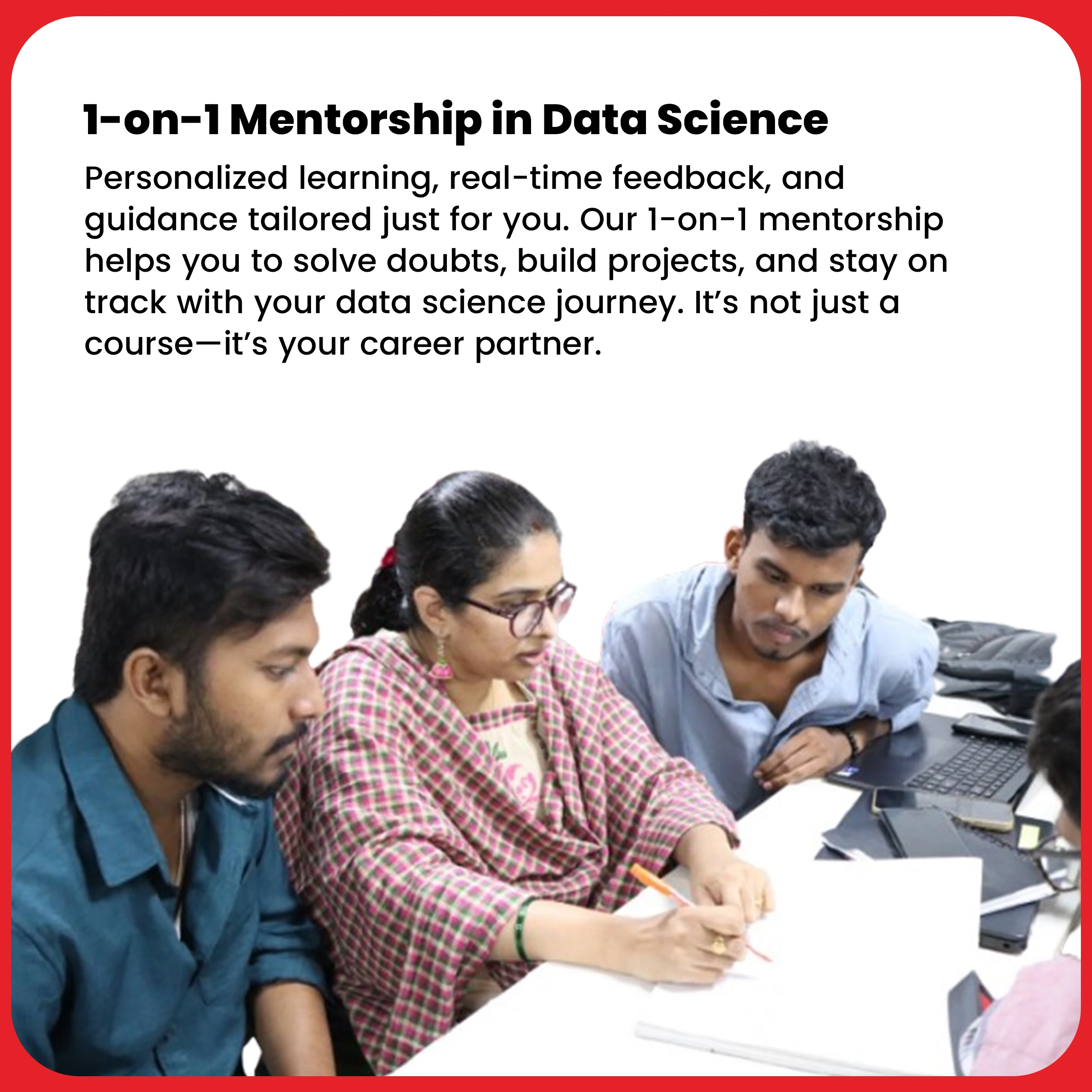


























Programming Languages and Tools

Career Opportunities after Data Science Course in Bengaluru
Data Scientist
Data Analyst
Machine Learning Engineer
Business Intelligence Analyst
Data Science Course Curriculum (Syllabus)
Your Title Goes Here
Module 1: Python Core and Advanced
INTRODUCTION
- What is Python?
- Why does Data Science require Python?
- Installation of Anaconda
- Understanding Jupyter Notebook
- Basic commands in Jupyter Notebook
- Understanding Python Syntax
Data Types and Data Structures
- Variables and Strings
- Lists, Sets, Tuples, and Dictionaries
Control Flow and Conditional Statements
- Conditional Operators, Arithmetic Operators, and Logical Operators
- If, Elif and Else Statements
- While Loops
- For Loops
- Nested Loops and List and Dictionary Comprehensions
Functions
- What is function and types of functions
- Code optimization and argument functions
- Scope
- Lambda Functions
- Map, Filter, and Reduce
File Handling
- Create, Read, Write files and Operations in File Handling
- Errors and Exception Handling
Class and Objects
- Create a class
- Create an object
- The __init__()
- Modifying Objects
- Object Methods
- Self
- Modify the Object Properties
- Delete Object
- Pass Statements
Module 2: Exploratory Data Analysis using Python
Numpy – NUMERICAL PYTHON
- Introduction to Array
- Creation and Printing of an array
- Basic Operations in Numpy
- Indexing
- Mathematical Functions of Numpy
2. Data Manipulation with Pandas
- Series and DataFrames
- Data Importing and Exporting through Excel, CSV Files
- Data Understanding Operations
- Indexing and slicing and More filtering with Conditional Slicing
- Group by, Pivot table, and Cross Tab
- Concatenating and Merging Joining
- Descriptive Statistics
- Removing Duplicates
- String Manipulation
- Missing Data Handling
DATA VISUALIZATION
Data Visualization using Matplotlib and Pandas
- Introduction to Matplotlib
- Basic Plotting
- Properties of plotting
- About Subplots
- Line plots
- Pie chart and Bar Graph
- Histograms
- Box and Violin Plots
- Scatterplot
Case Study on Exploratory Data Analysis (EDA) and Visualizations
- What is EDA?
- Uni – Variate Analysis
- Bi-Variate Analysis
- More on Seaborn based Plotting Including Pair Plots, Catplot, Heat Maps, Count plot along with matplotlib plots.
UNSTRUCTURED DATA PROCESSING
Regular Expressions
- Structured Data and Unstructured Data
- Literals and Meta Characters
- How to Regular Expressions using Pandas?
- Inbuilt Methods
- Pattern Matching
PROJECT ON WEB SCRAPING: DATA MINING and EXPLORATORY DATA ANALYSIS
- Data Mining (WEB – SCRAPING)
This project starts completely from scratch which involves the collection of Raw Data from different sources and converting the unstructured data to a structured format to apply Machine Learning and NLP models. This project covers the main four steps of the Data Science Life Cycle which involves.- Data Collection
- Data Mining
- Data Preprocessing
- Data Visualization
Ex: Text, CSV, TSV, Excel Files, Matrices, Images
Module 3: Advanced Statistics
Data Types and Data Structures
- Statistics in Data science:
- What is Statistics?
- How is Statistics used in Data Science?
- Population and Sample
- Parameter and Statistic
- Variable and its types
Data Gathering Techniques
- Data types
- Data Collection Techniques
- Sampling Techniques:
- Convenience Sampling, Simple Random Sampling
- Stratified Sampling, Systematic Sampling, and Cluster Sampling
Descriptive Statistics
- What is Univariate and Bi Variate Analysis?
- Measures of Central Tendencies
- Measures of Dispersion
- Skewness and Kurtosis
- Box Plots and Outliers detection
- Covariance and Correlation
Probability Distribution
- Probability and Limitations
- Discrete Probability Distributions
- Bernoulli, Binomial Distribution, Poisson Distribution
- Continuous Probability Distributions
- Normal Distribution, Standard Normal Distribution
Inferential Statistics
- Sampling variability and Central Limit Theorem
- Confidence Intervals
- Hypothesis Testing
- Z-test, T-test
- Chi-Square Test
- F-Test and ANOVA
Your content goes here. Edit or remove this text inline or in the module Content settings. You can also style every aspect of this content in the module Design settings and even apply custom CSS to this text in the module Advanced settings.
Module 4: SQL for Data Analysis
Introduction to Databases
- Basics of SQL
- DML, DDL, DCL, and Data Types
- Common SQL commands using SELECT, FROM, and WHERE
- Logical Operators in SQL
- SQL Joins
- INNER and OUTER joins to combine data from multiple tables
- RIGHT, LEFT joins to combine data from multiple tables
- Filtering and Sorting
- Advanced filtering using IN, OR, and NOT
- Sorting with GROUP BY and ORDER BY
- SQL Aggregations
- Common Aggregations including COUNT, SUM, MIN, and MAX
- CASE and DATE functions as well as work with NULL values
- Subqueries and Temp Tables
- Subqueries to run multiple queries together
- Temp tables to access a table with more than one query
- SQL Data Cleaning
- Perform Data Cleaning using SQL
Module 5: Machine Learning (Supervised & Unsupervised Learning)
INTRODUCTION TO MACHINE LEARNING
What Is Machine Learning?
Supervised Versus Unsupervised Learning
Regression Versus Classification Problems
Assessing Model Accuracy
Why Unsupervised Learning?
How it Differs from Supervised Learning
The Challenges of Unsupervised Learning
SUPERVISED LEARNING
Regression Techniques
Linear Regression
Simple Linear Regression:
Estimating the Coefficients
Assessing the Coefficient Estimates
R Squared and Adjusted R Squared
MSE and RMSE
Multiple Linear Regression:
Estimating the Regression Coefficients
OLS Assumptions
Multicollinearity
Feature Selection
Gradient Descent
Evaluating the Metrics of Regression Techniques
Error Analysis & Model Validation
Homoscedasticity and Heteroscedasticity of error terms
Residual Analysis
Q-Q Plot
Cook’s Distance and Shapiro-Wilk Test
Identifying the line of best fit
Other Considerations in the Regression Model
Qualitative Predictors
Interaction Terms
Non-linear Transformations of the Predictors
Polynomial Regression
Why Polynomial Regression
Creating polynomial linear regression
Evaluating the metrics
Regularization Techniques
Lasso Regularization
Ridge Regularization
ElasticNet Regularization
Case Study: Linear, Multiple Linear Regression, Polynomial Regression using Python
Classification Techniques
Logistic Regression
An Overview of Classification
Difference Between Regression and Classification Models
Why Not Linear Regression?
Logistic Regression:
The Logistic Model
Estimating the Regression Coefficients and Making Predictions
Logit and Sigmoid functions
Setting the threshold and understanding decision boundary
Logistic Regression for >2 Response Classes
Evaluation Metrics for Classification Models:
Confusion Matrix
Accuracy and Error Rate
TPR and FPR
Precision and Recall, F1 Score
AUC-ROC
Kappa Score
Naive Bayes
Principle of Naive Bayes Classifier
Bayes Theorem
Terminology in Naive Bayes
Posterior Probability
Prior Probability of Class
Likelihood
Types of Naive Bayes Classifier:
Multinomial Naive Bayes
Bernoulli Naive Bayes
Gaussian Naive Bayes
Tree-Based Models
Decision Trees (Rule-Based Learning):
Basic Terminology in Decision Tree
Root Node and Terminal Node
Regression Trees and Classification Trees
Trees Versus Linear Models
Advantages and Disadvantages of Trees
Gini Index
Overfitting and Pruning
Stopping Criteria
Accuracy Estimation using Decision Trees
Case Study: Decision Tree using Python
Resampling Methods
Cross-Validation
The Validation Set Approach
Leave-One-Out Cross-Validation
K-Fold Cross-Validation
Bias-Variance Trade-Off for K-Fold Cross-Validation
Ensemble Methods in Tree-Based Models
What is Ensemble Learning?
What is Bootstrap Aggregation (Bagging) and how does it work?
Random Forest
What is it and how does it work?
Variable selection using Random Forest
Boosting: AdaBoost, Gradient Boosting
What is it and how does it work?
Hyperparameters, Pros and Cons
Case Study: Ensemble Methods – Random Forest Techniques using Python
Distance-Based Models
K-Nearest Neighbors
K-Nearest Neighbor Algorithm
Eager Vs Lazy learners
How does the KNN algorithm work?
How do you decide the number of neighbors in KNN?
Curse of Dimensionality
Pros and Cons of KNN
How to improve KNN performance
Case Study: KNN using Python
Support Vector Machines
The Maximal Margin Classifier
HyperPlane
Support Vector Classifiers and Support Vector Machines
Hard and Soft Margin Classification
Classification with Non-linear Decision Boundaries
Kernel Trick (Polynomial and Radial)
Tuning Hyperparameters for SVM:
Gamma, Cost, and Epsilon
SVMs with More than Two Classes
Case Study: SVM using Python
UNSUPERVISED LEARNING
Principal Components Analysis (PCA)
Introduction to Dimensionality Reduction and its necessity
What Are Principal Components?
Demonstration of 2D PCA and 3D PCA
Eigen Values, EigenVectors, and Orthogonality
Transforming Eigenvalues into a new dataset
Proportion of variance explained in PCA
Case Study: PCA using Python
Clustering
K-Means Clustering
Centroids and Medoids
Deciding the optimal value of ‘K’ using Elbow Method
Linkage Methods
Hierarchical Clustering
Divisive and Agglomerative Clustering
Dendrograms and their interpretation
Applications of Clustering
Practical Issues in Clustering
Case Study: Clustering using Python
RECOMMENDATION SYSTEMS
What are recommendation engines?
How does a recommendation engine work?
Data Collection
Data Storage
Filtering the Data
Content-based Filtering
Collaborative Filtering
Cold Start Problem
Matrix Factorization
Building a recommendation engine using matrix factorization
Case Study: Recommendation Systems
CAPSTONE PROJECTS
Regression Capstone Project: Use case covering Data Understanding, EDA, Data Processing, and Regression Techniques
Classification Capstone Project: Use case covering Data Understanding, EDA, Data Processing, and Classification Techniques
Unsupervised Learning Capstone Project: Use case covering Data Understanding, EDA, Data Processing, and Clustering/Dimensionality Reduction techniques
Your Title Goes Here
Module 6: Artificial Intelligence and Deep Learning
Introduction to Neural Networks
- Introduction to Perceptron & History of Neural networks
- Activation functions
- a)Sigmoid b)Relu c)Softmax d)Leaky Relu e)Tanh
- Gradient Descent
- Learning Rate and tuning
- Optimization functions
- Introduction to Tensorflow
- Introduction to Keras
- Backpropagation and chain rule
- Fully connected layer
- Cross entropy
- Weight Initialization
- Regularization
TensorFlow 2.0
- Introducing Google Colab
- Tensorflow basic syntax
- Tensorflow Graphs
- Tensorboard
Artificial Neural Network with Tensorflow
- Neural Network for Regression
- Neural Network for Classification
- Evaluating the ANN
- Improving and tuning the ANN
- Saving and Restoring Graphs
Your content goes here. Edit or remove this text inline or in the module Content settings. You can also style every aspect of this content in the module Design settings and even apply custom CSS to this text in the module Advanced settings.
Module 7: Computer Vision (CV)
Working with images & CNN Building Blocks
- Working with Images_Introduction
- Working with Images – Reshaping understanding, size of image understanding pixels Digitization,
- Sampling, and Quantization
- Working with images – Filtering
- Hands-on Python Demo: Working with images
- Introduction to Convolutions
- 2D convolutions for Images
- Convolution – Backward
- Transposed Convolution and Fully Connected Layer as a Convolution
- Pooling: Max Pooling and Other pooling options
CNN Architectures and Transfer Learning
- CNN Architectures and LeNet Case Study
- Case Study: AlexNet
- Case Study: ZFNet and VGGNet
- Case Study: GoogleNet
- Case Study: ResNet
- GPU vs CPU
- Transfer Learning Principles and Practice
- Hands-on Keras Demo: SVHN Transfer learning from MNIST dataset
- Transfer learning Visualization (run package, occlusion experiment)
- Hands-on demo T-SNE
Object Detection
- CNN’s at Work – Object Detection with region proposals
- CNN’s at Work – Object Detection with Yolo and SSD
- Hands-on demo- Bounding box regressor
- #Need to do a semantic segmentation project
CNN’s at Work – Semantic Segmentation
- CNNs at Work – Semantic Segmentation
- Semantic Segmentation process
- U-Net Architecture for Semantic Segmentation
- Hands-on demo – Semantic Segmentation using U-Net
- Other variants of Convolutions
- Inception and MobileNet models
CNN’s at work- Siamese Network for Metric Learning
- Metric Learning
- Siamese Network as metric learning
- How to train a Neural Network in Siamese way
- Hands-on demo – Siamese Network
Module 8: Natural Language Processing (NLP)
Introduction to Statistical NLP Techniques
- Introduction to NLP
- Preprocessing, NLP Tokenization, stop words, normalization, Stemming and lemmatization
- Preprocessing in NLP Bag of words, TF-IDF as features
- Language model probabilistic models, n-gram model, and channel model
- Hands-on NLTK
Word Embedding
- Word2vec
- Golve
- POS Tagger
- Named Entity Recognition(NER)
- POS with NLTK
- TF-IDF with NLTK
Sequential Models
- Introduction to sequential models
- Introduction to RNN
- Introduction to LSTM
- LSTM forward pass
- LSTM backdrop through time
- Hands-on Keras LSTM
Applications
- Sentiment Analysis
- Sentence generation
- Machine translation
- Advanced LSTM structures
- Keras – machine translation
- ChatBot
Module 9: Power BI
Introduction To Power Bi
What is Business Intelligence?
- Power BI Introduction
- Quadrant report
- Comparison with other BI tools
- Power BI Desktop overview
- Power BI workflow
- Installation query addressalData Import And Visualizations
- Data import options in Power BI
- Import from Web (hands-on)
- Why Visualization?
- Visualization typesData Visualization (Contd.)
- Categorical data visualization
- Visuals for Filtering
- Slicer details and use
- Formatting visuals
- KPI visuals
- Tables and Matix
Power Queries
- Power Query Introduction
- Data Transformation – its benefits
- Queries panel
- M Language briefing
- Power BI Datatypes
- Changing Datatypes of columnsPower Queries (Cond.)
- Filtering
- Inbuilt column Transformations
- Inbuilt row Transformations
- Combine Queries
- Merge QueriesPower Pivot And Introduction To Dax
- Power Pivot
- Intro to Data Modelling
- Relationship and Cardinality
- Relationship view
- Calculated Columns vs Measures
- DAX Introduction and Syntax
Module 10: GenAI
Intro to GenAI
- Introduction to Generative AI
- Overview of Generative AI technologies
- Applications and case studies across industries
Intro to LLM
- History of NLP
- Intro to Large Language Model
- What is Large Language Model
- Types of Large Language Model
Prompt Engineering and Working with LLM
- Intro to Prompt Engineering
- LLM with Prompt Engineering
- Introduction to GPT models
- Understanding how GPT-3 and GPT-4 work
- Training on popular LLMs like GPT(Generative Pre-trained Transformer)
- Practical applications of LLMs in Generating text, code and more
| Case Study: Creating a project with LLMs
OpenAI
- Intro to OpenAI
- Utilizing OpenAI APIs
- Setting up and authenticating API usage
- Practical exercises using GPT-3/GPT-4 for text generation
- Understanding DALL-E and its capabilities in image generation
- Hands-on project to generate images from textual descriptions.
| Case Study: Creating a project with Open AI
Gemini
- Getting started with Gemini
- How to obtain an API key for Gemini
- Overview of the Gemini API and accessing its features
- Detailed exploration of different Gemini Models
- Selecting and initializing the right model for specific tasks
- Step-by-step project to create an AI-powered chatbot using Gemini
|Case Study: Creating a project with Gemini
LLaMA
- Introduction to LLaMA
- Comparison with other large language models like GPT-3 and GPT-4
- Key features and capabilities of LLaMA
- Understanding the Model Architecture of LLaMA
- Discussion on model sizes and capabilities
- Environment setup: Installing necessary libraries and tools
- Accessing LLaMA models: Overview of the download process and setup on local machines or cloud platforms (Meta LLaMA)
- Intro to the architecture of LLaMA
- Understanding the differences between LLaMA model variants (8B, 13B, 30B, and 70B parameters)
- Implementing text generation using LLaMA
| Case Study: Creating a project with LLaMA
LangChain
- Introduction to the LangChain framework
- Understanding the purpose and core components of LangChain Framework
- LangChain Setup and necessary dependencies
- Basic configuration and setup for development
- Step-by-step guide to creating a simple application using LangChain Framework
- Detailed walkthroughs of real-world applications built with LangChain
| Case Study: Creating a project with LangChain
Industry-Recognized Certification
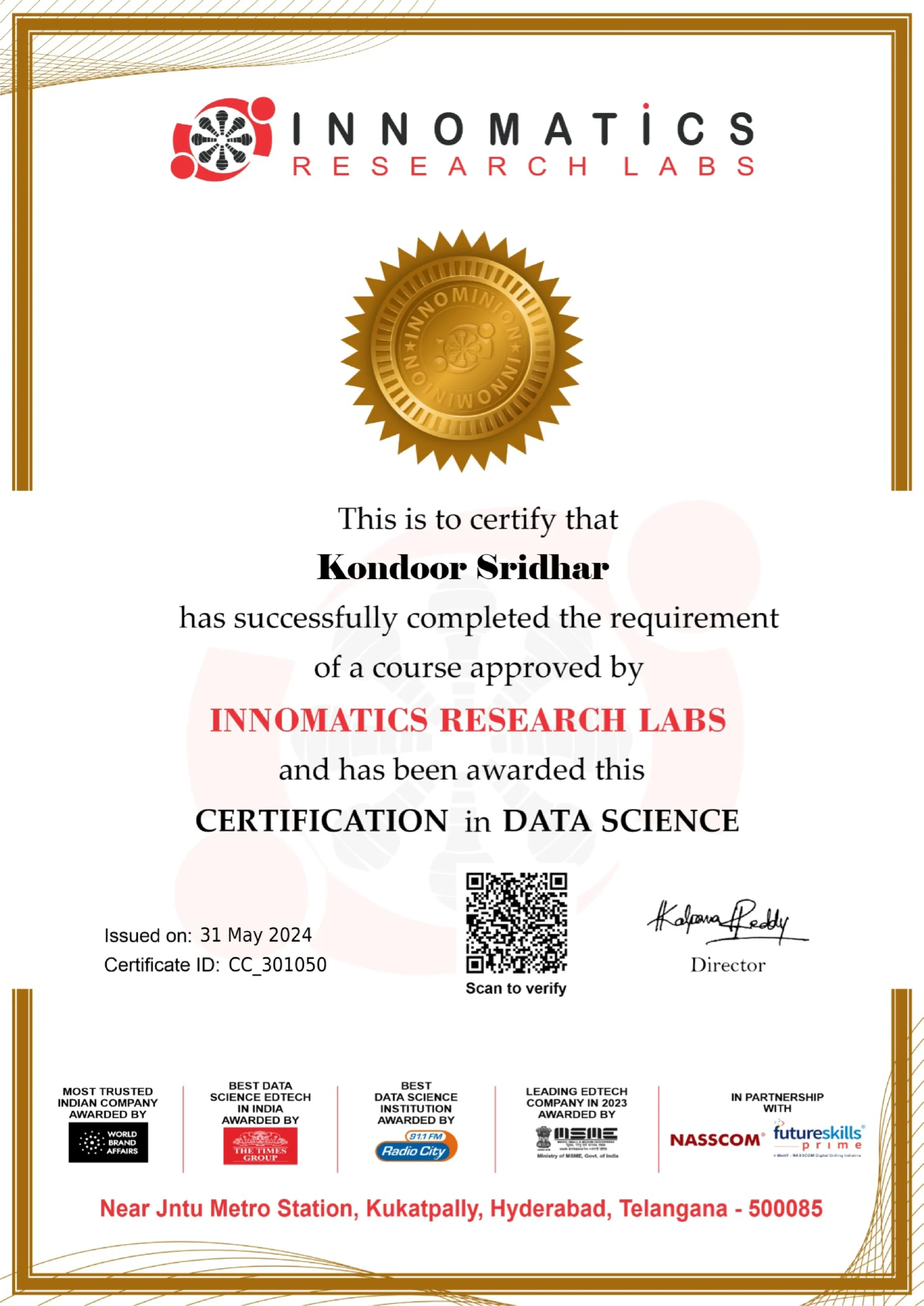
Fill in the Details
Frequently Asked Questions (FAQs)
Your Title Goes Here
1. Who can enroll in this Data Science program?
Our Data Science Course in Bengaluru is designed for:
- Beginners looking for a data science course for beginners in Bangalore
- Working professionals upgrading to AI & Data Science roles
- Students pursuing careers in Data Analytics & Data Science
- Job seekers wanting a data science certification with placement support
No prior coding skills are needed — just a passion for data and learning.
2. What is the length of the course?
The course will take 6 months depending on how many hands-on projects, assessments, and placement prep are included.
3. Do you offer classroom training and/or online training?
Yes. We offer both classroom sessions (Hyderabad campus) and live online training.
4. Are you providing student placement assistance?
Yes. We provide placement assistance, resume preparation, mock interviews, and introductions to hiring partners.
Your Title Goes Here
5. What is the eligibility criteria to learn Data Science course?
Anyone with a bachelor’s degree, a keen interest in Data Science, and a basic understanding of the subject is eligible to enroll in the course.
6. What are the career opportunities in Data Science Technology?
As data has become the never-ending part of this world, businesses need people to work with data for effective business processing. Organizations are ready to recruit and pay top dollars to the right dollars, which can leverage the business.
Here are some of the roles you can find in Data Science
- Research Analyst
- Data Scientist
- Data Analyst
- Big Data Analytics Specialist
- Business Analyst Consultant / Manager
- Data analyst
With 500+ hiring partners, Innomatics ensures 100% placement assistance for all students.
7. What is the average salary of a Data Scientist?
In India, Data Scientist salaries vary widely, typically ranging from ₹3 LPA to ₹20 LPA, depending on skills and experience. Here’s a quick breakdown:
Data Analyst: ₹3–7 LPA
Junior Data Scientist: ₹6–9 LPA
Data Scientist: ₹10–15 LPA
8. Why Choose Innomatics for a Data Science Course in Bengaluru?
- Best Data Science Course in Bengaluru with Placement Assistance
- NASSCOM FutureSkills Prime Certification
- Classroom & Online Data Science Training in Bengaluru
- 450+ Batches | 4000+ Internships | 500+ Hiring Partners
- Industry-Led Mentors & Practical Data Science Projects
Whether you’re searching for the best data science institute in Bengaluru, the top data science course with placements, or a data analyst training program, Innomatics Research Labs is the right choice.
Meet Our Recently Placed Students
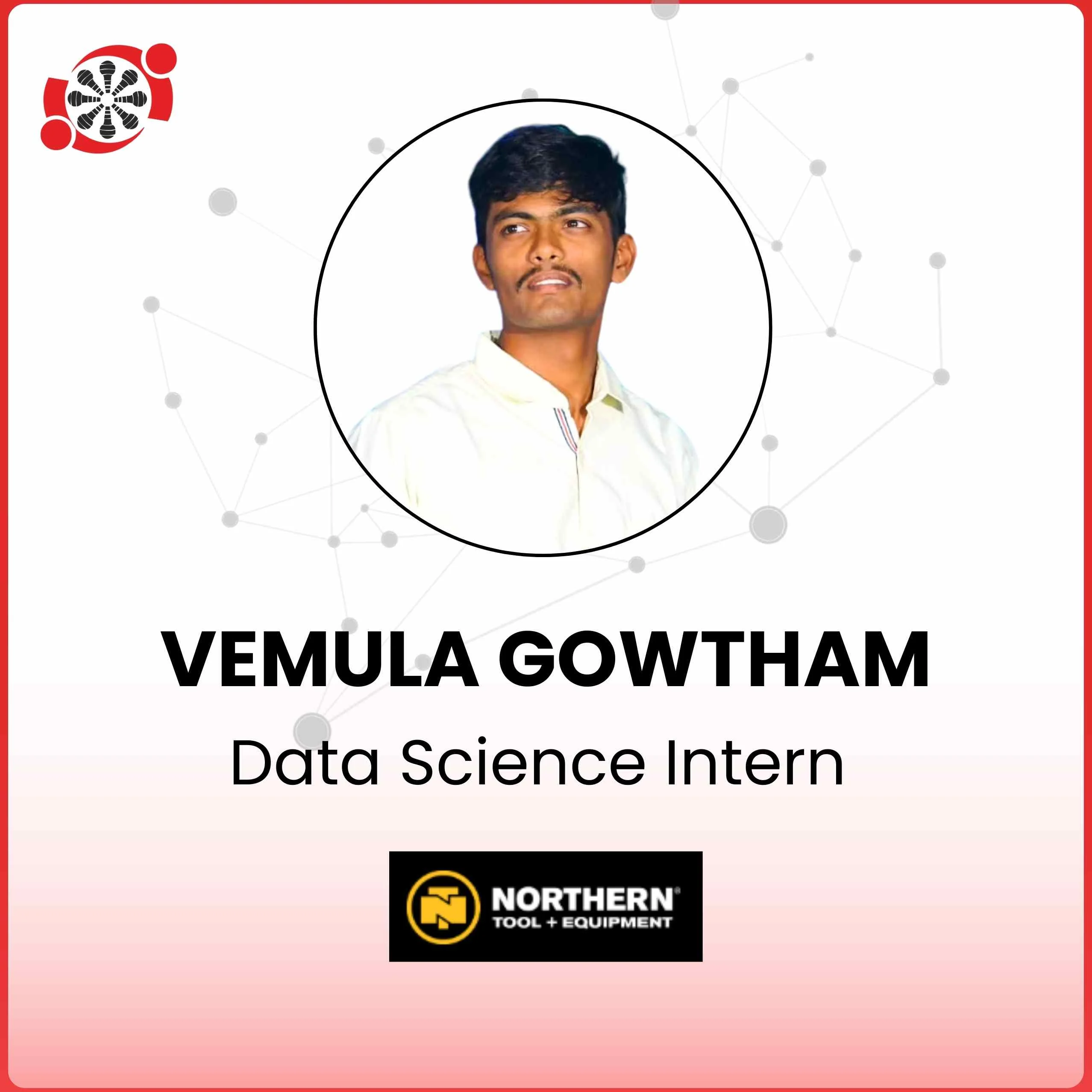
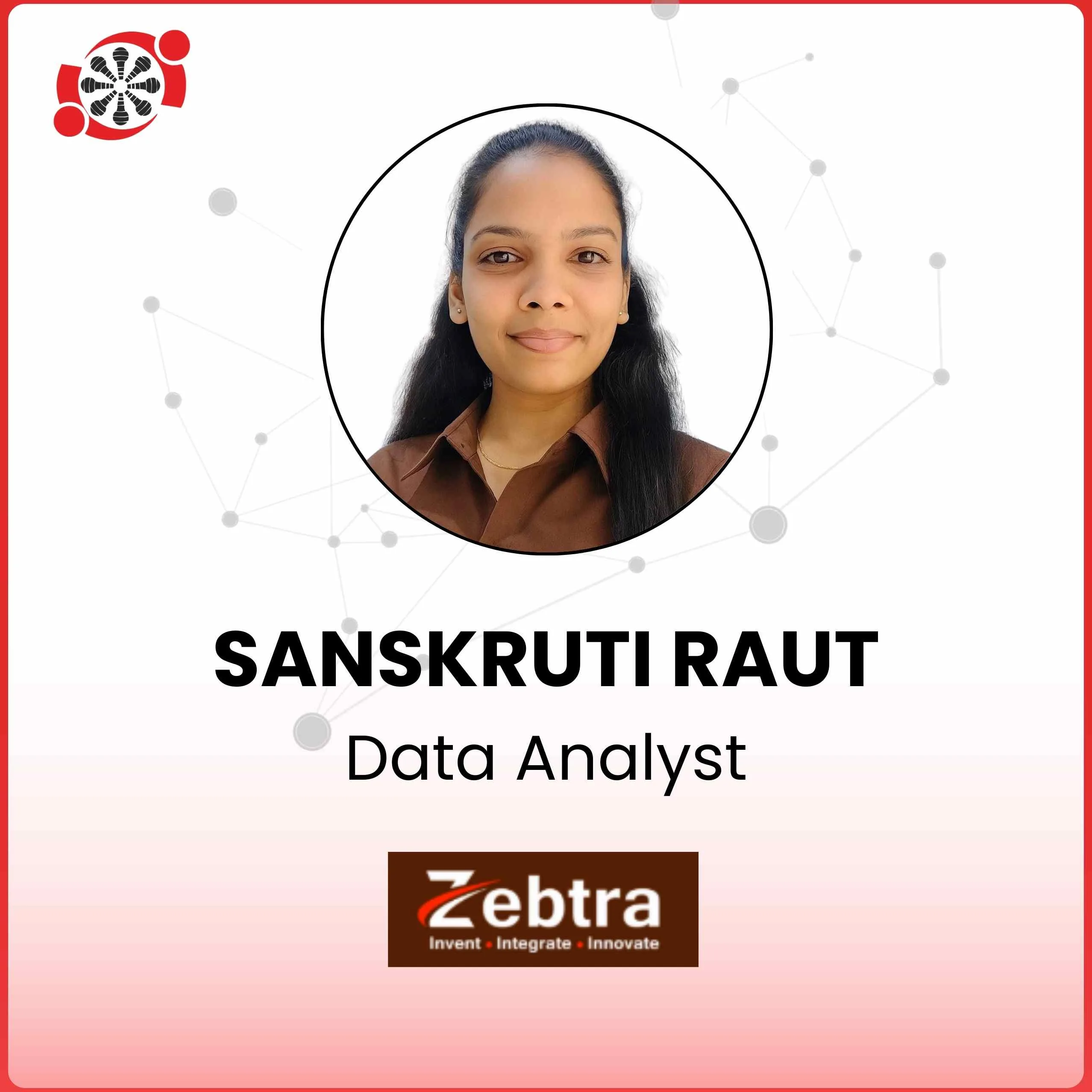

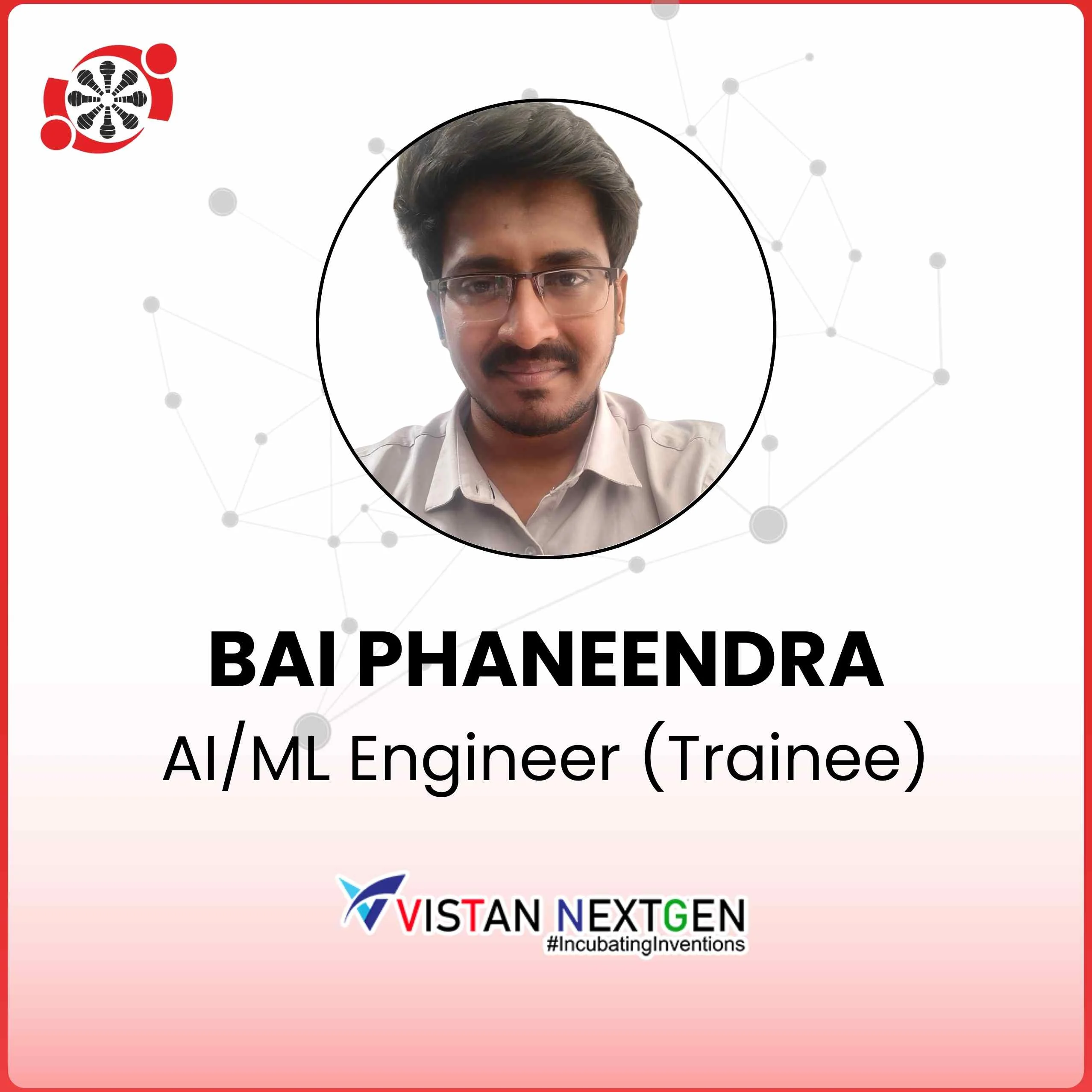
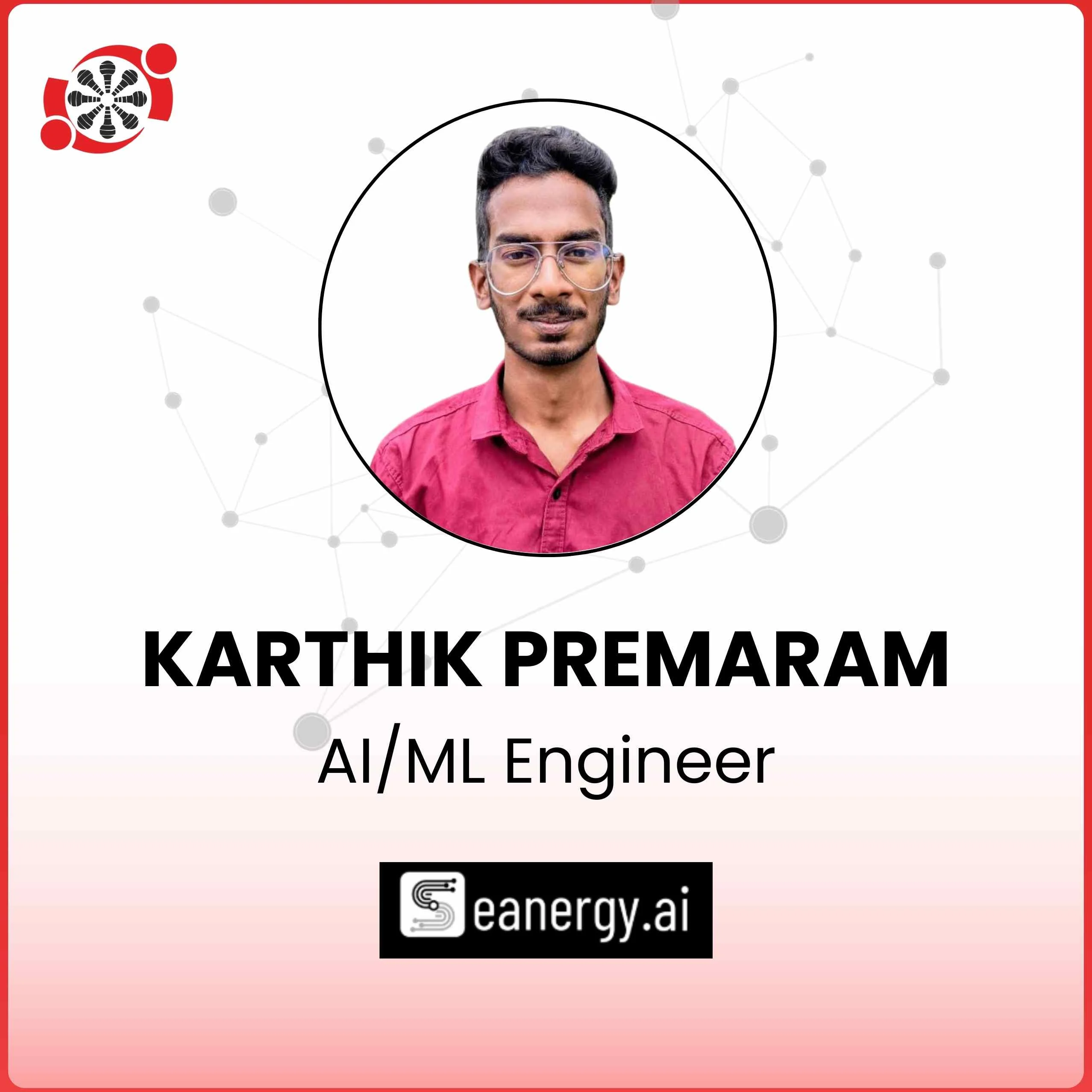
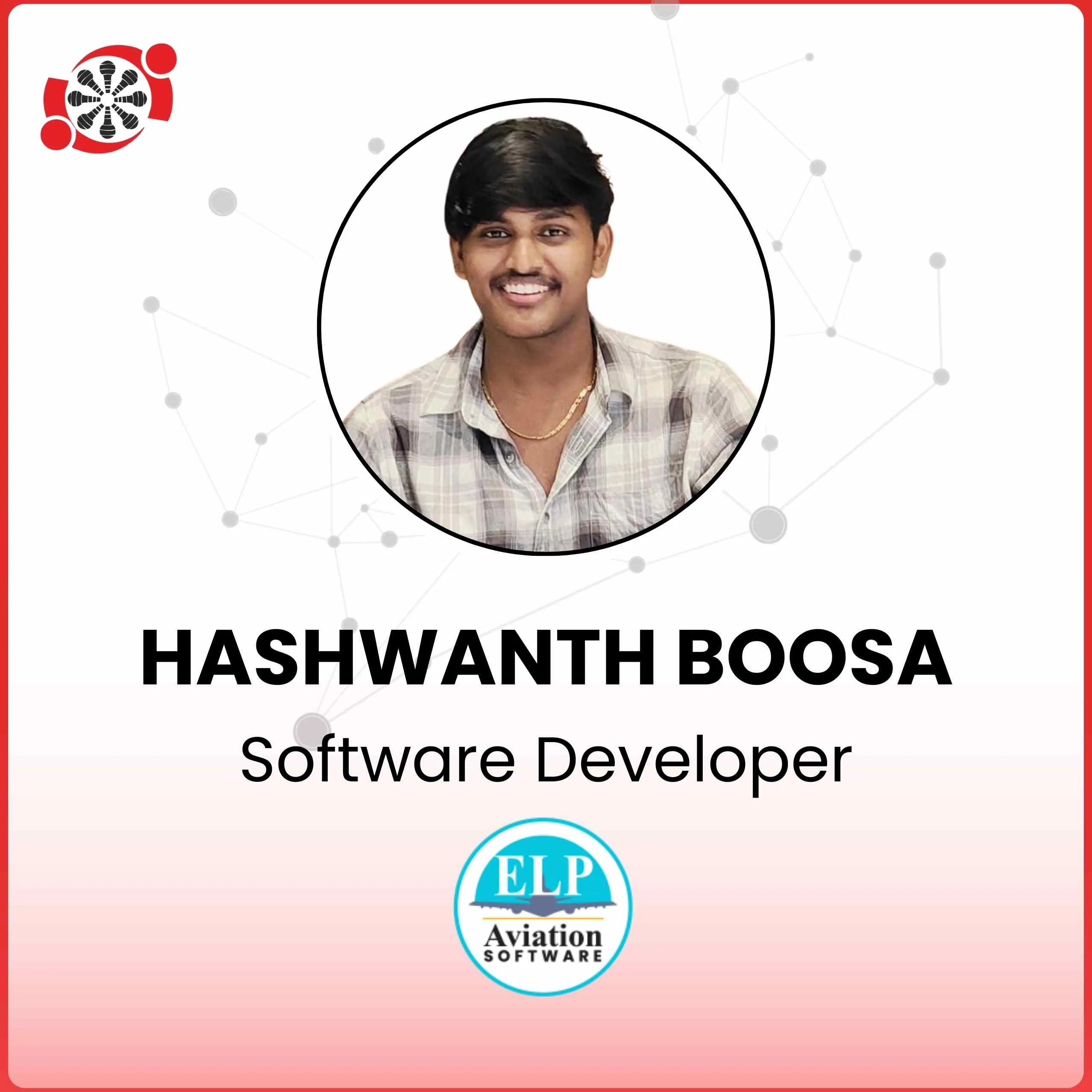
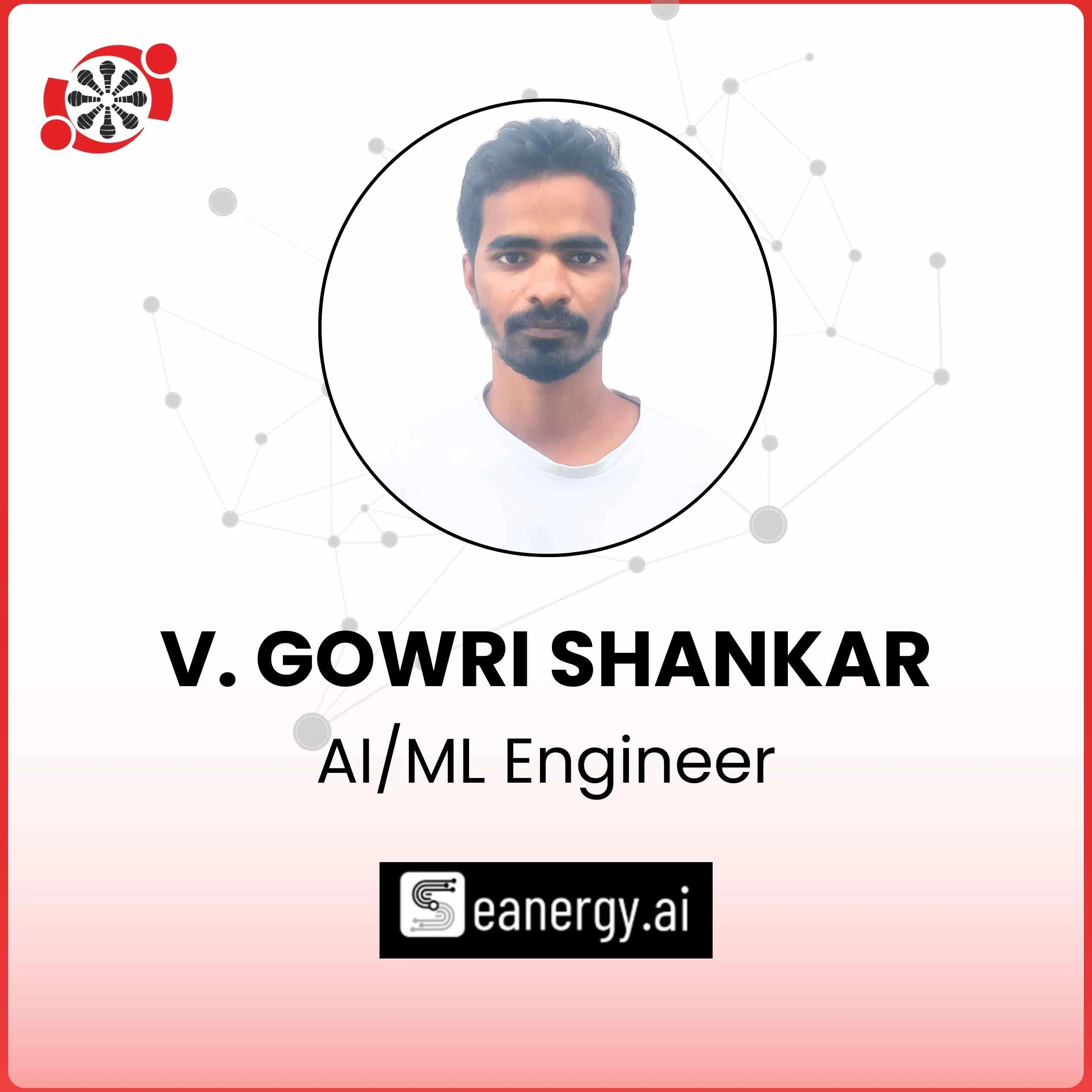
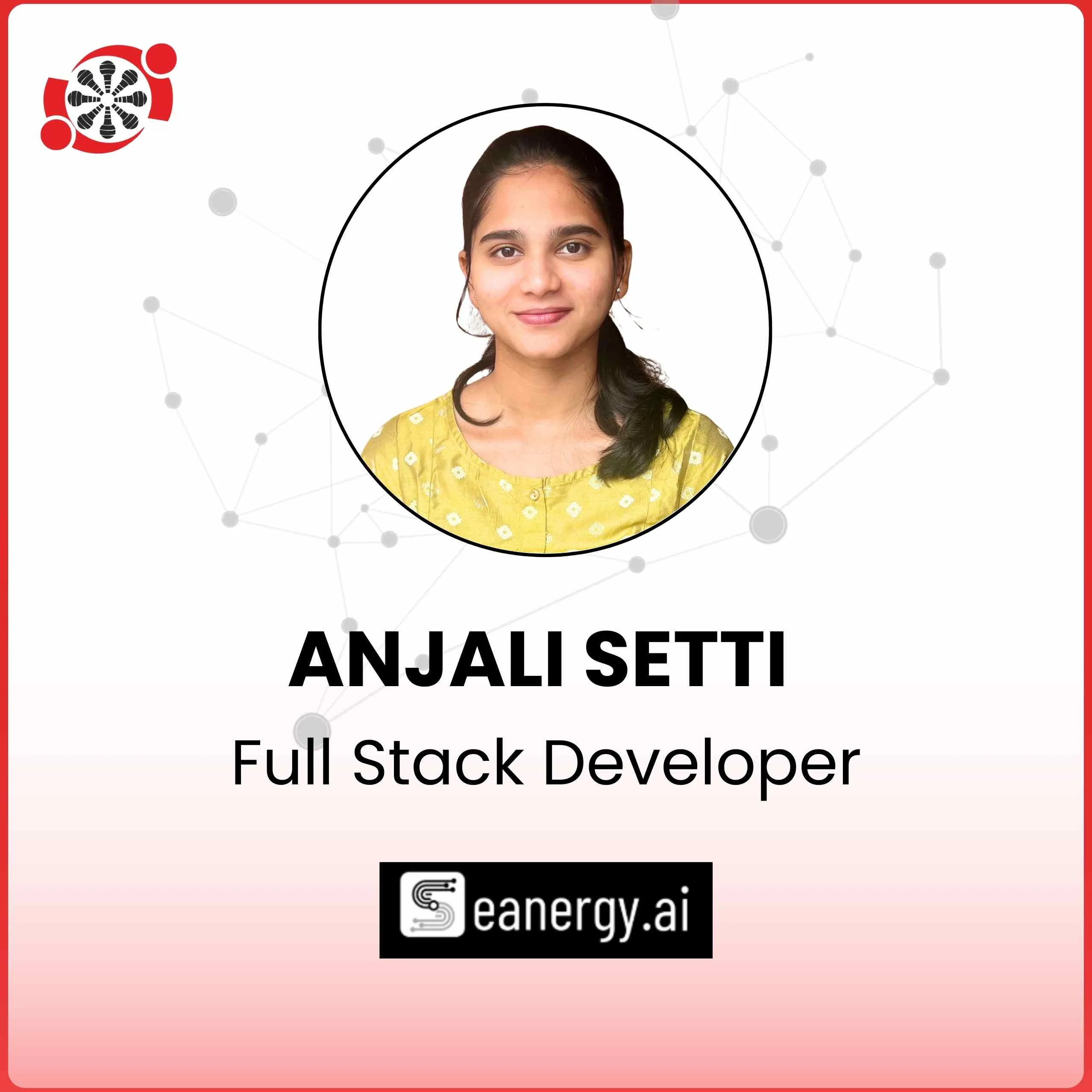
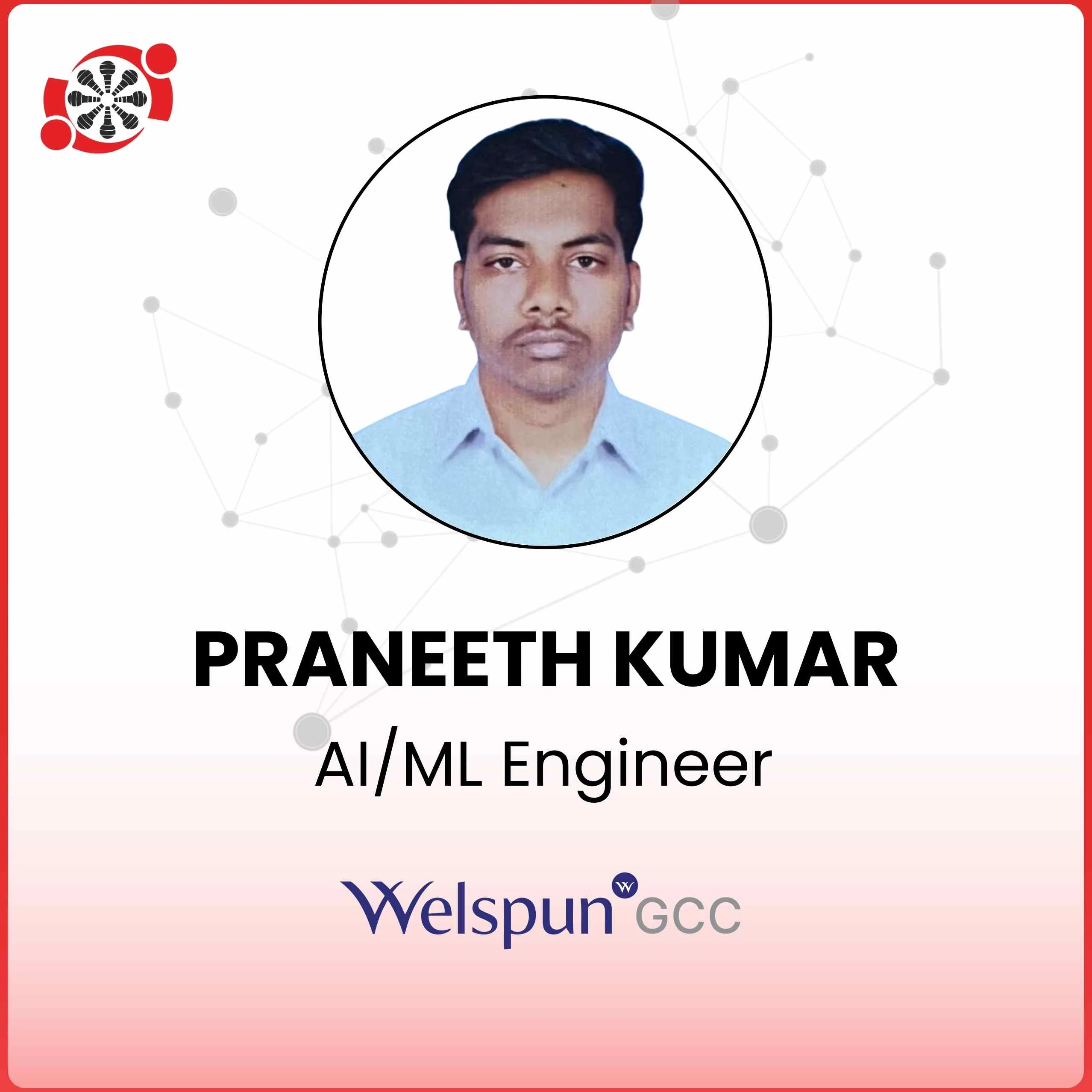
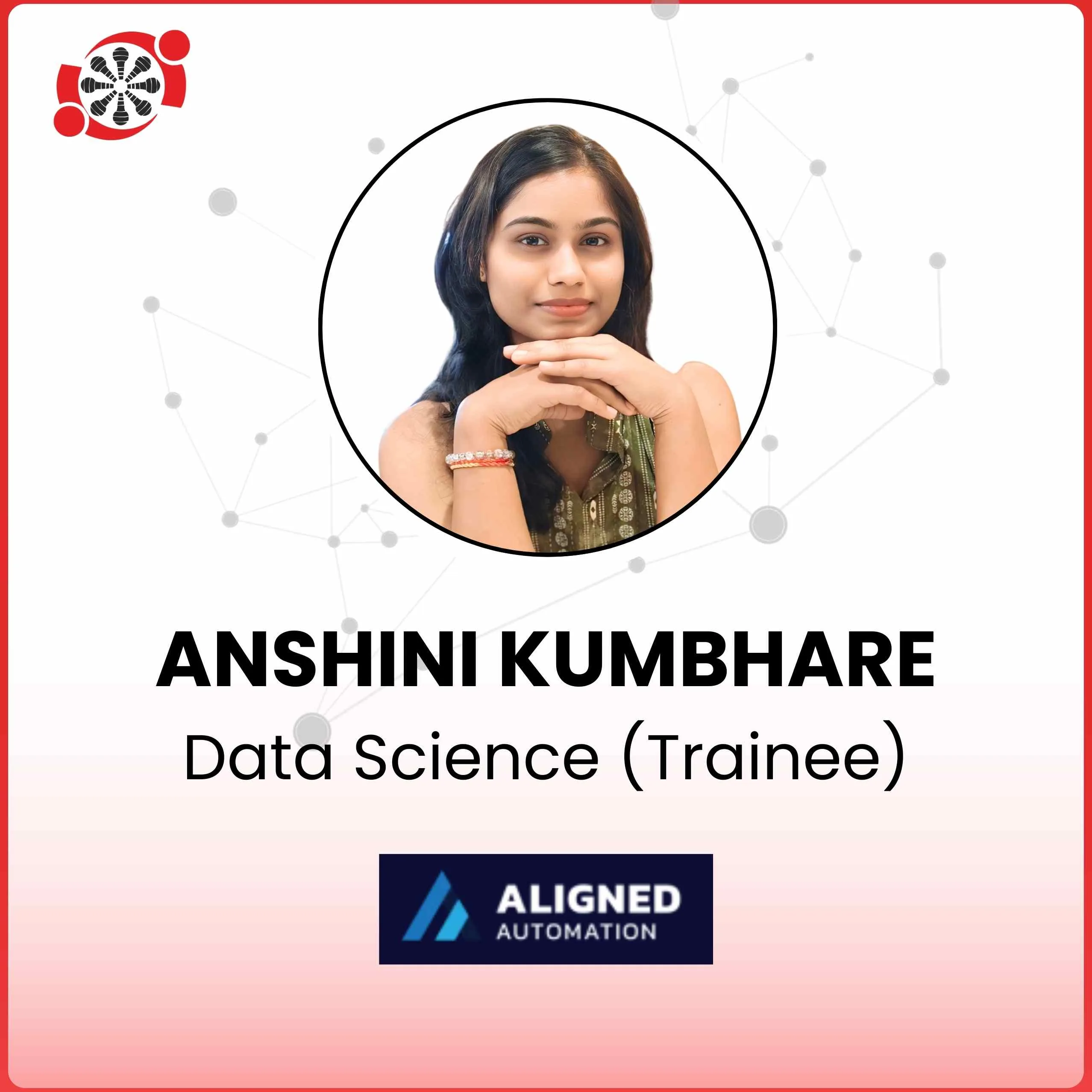
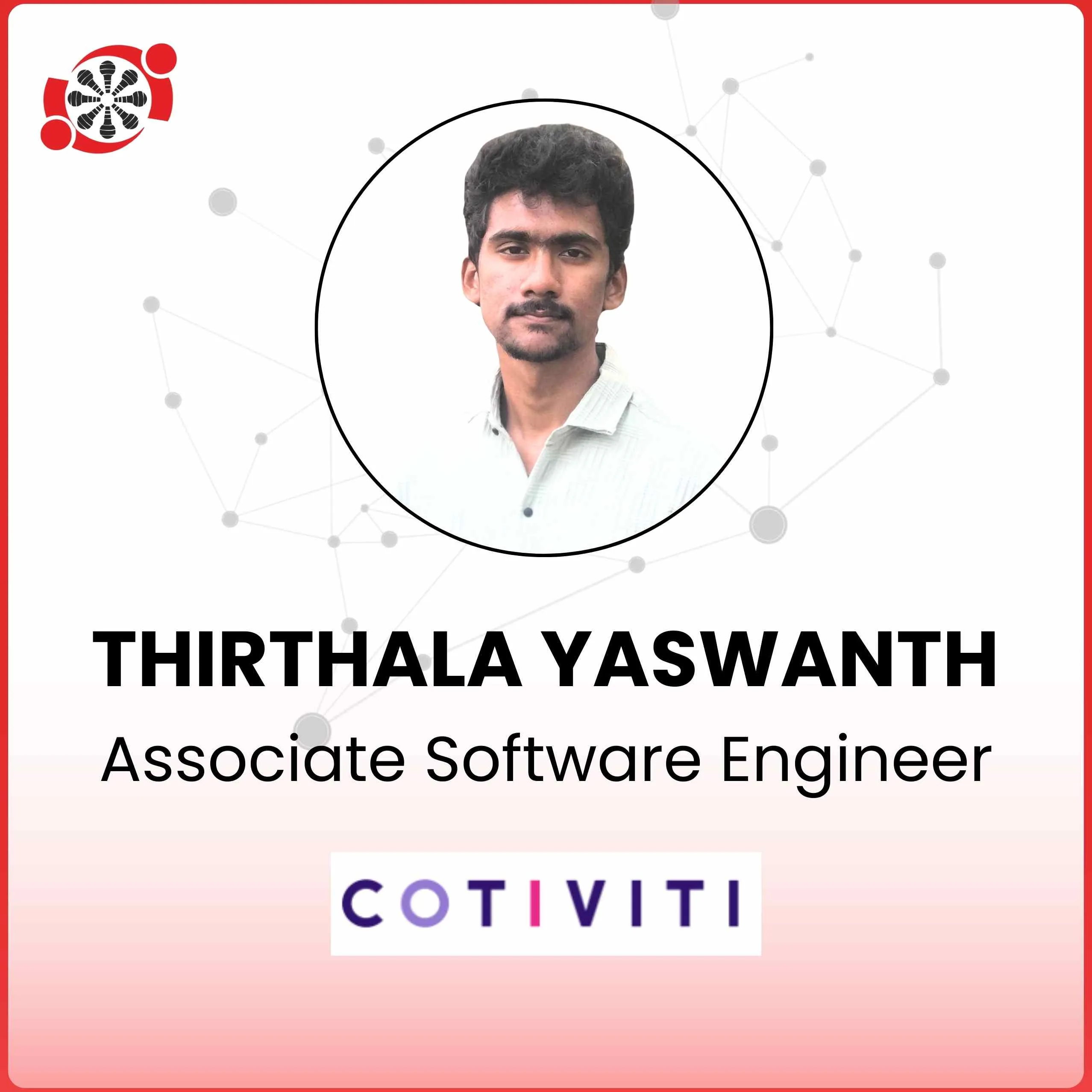
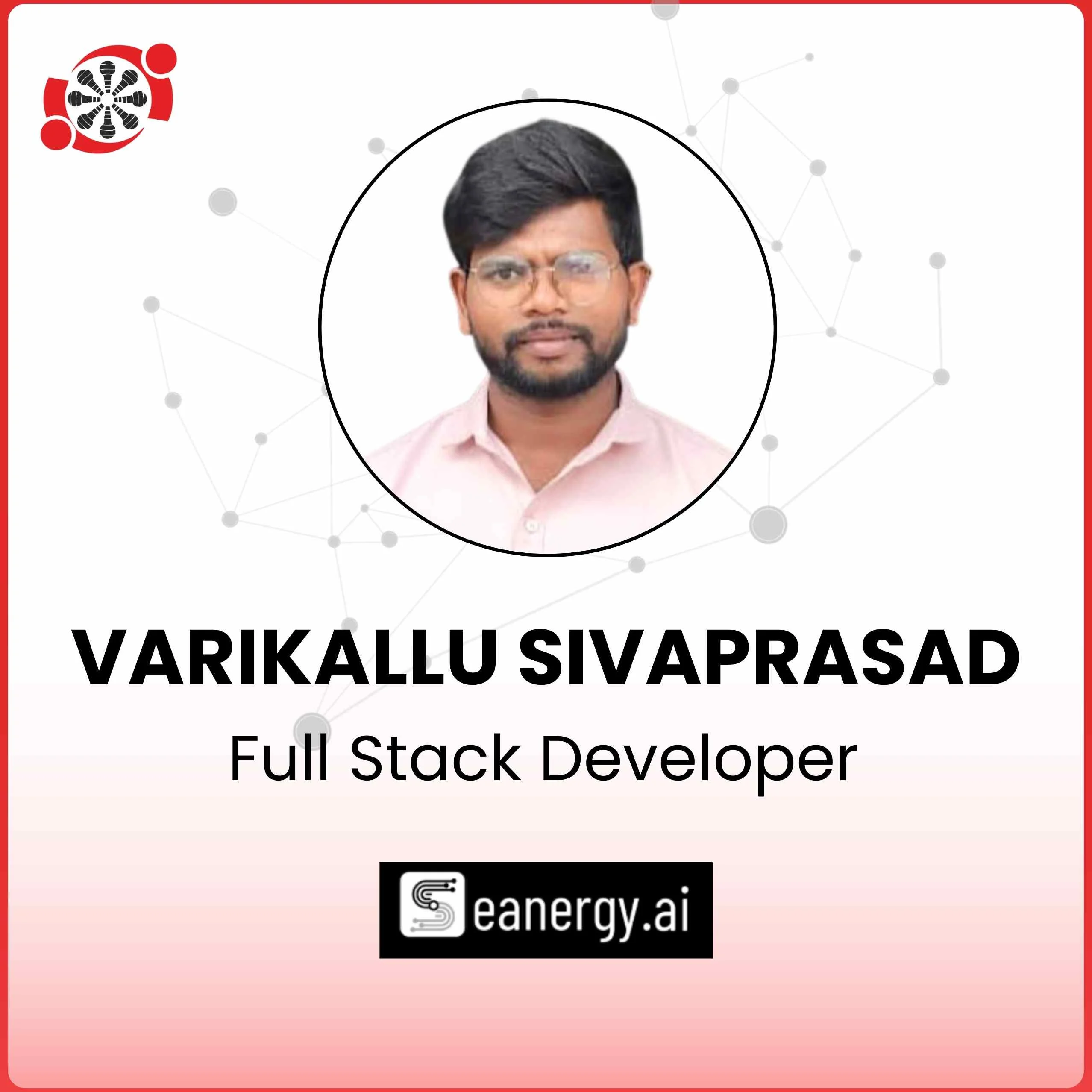

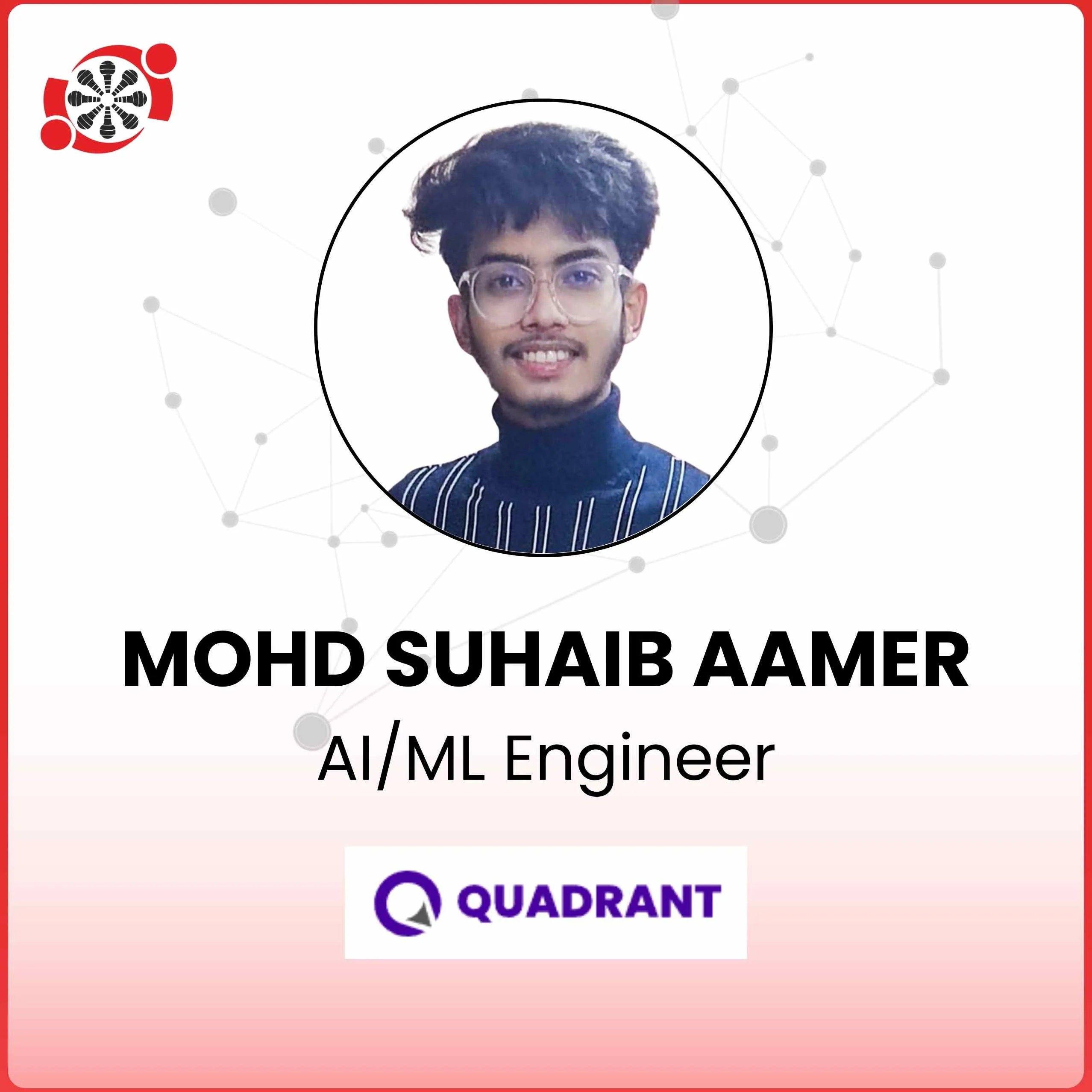
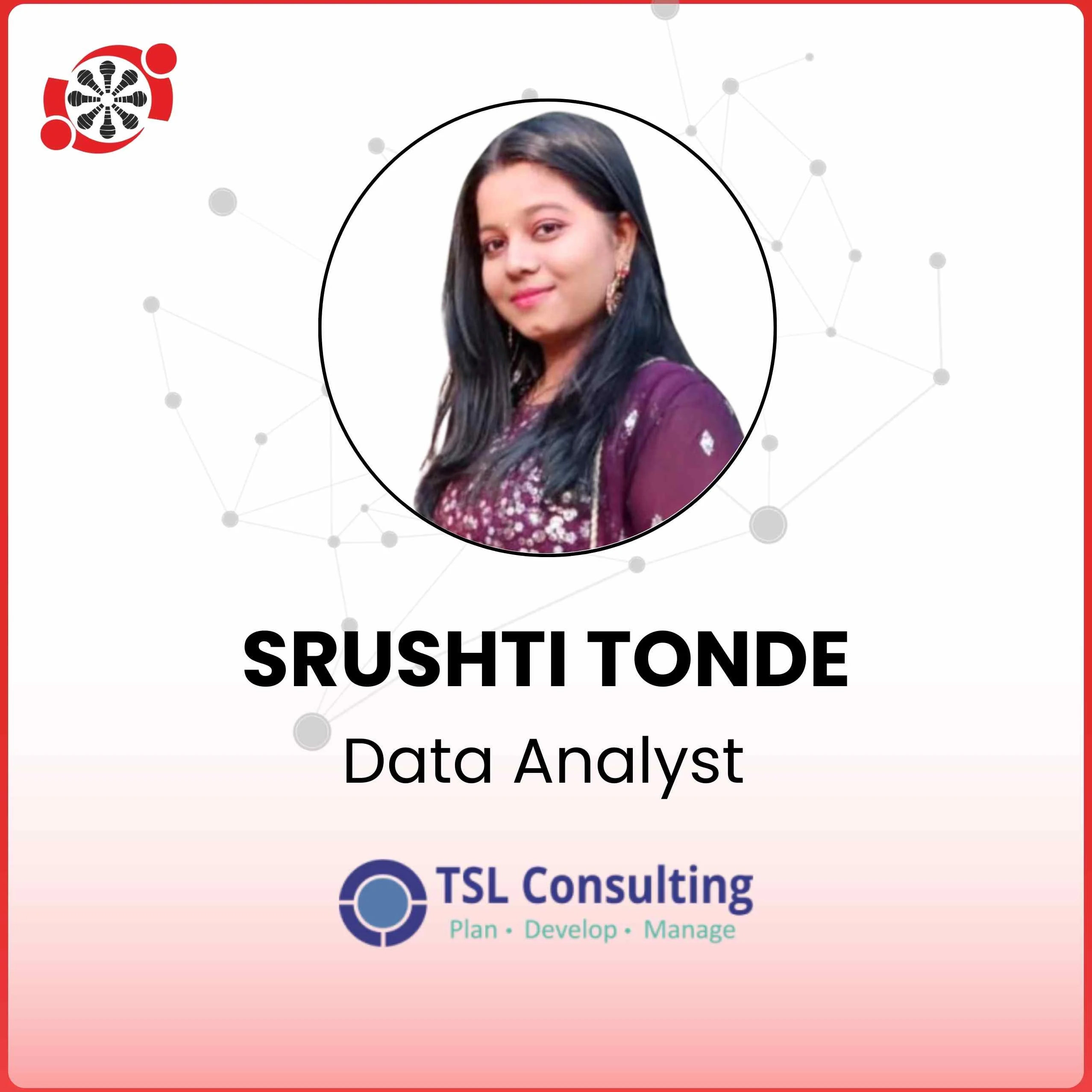

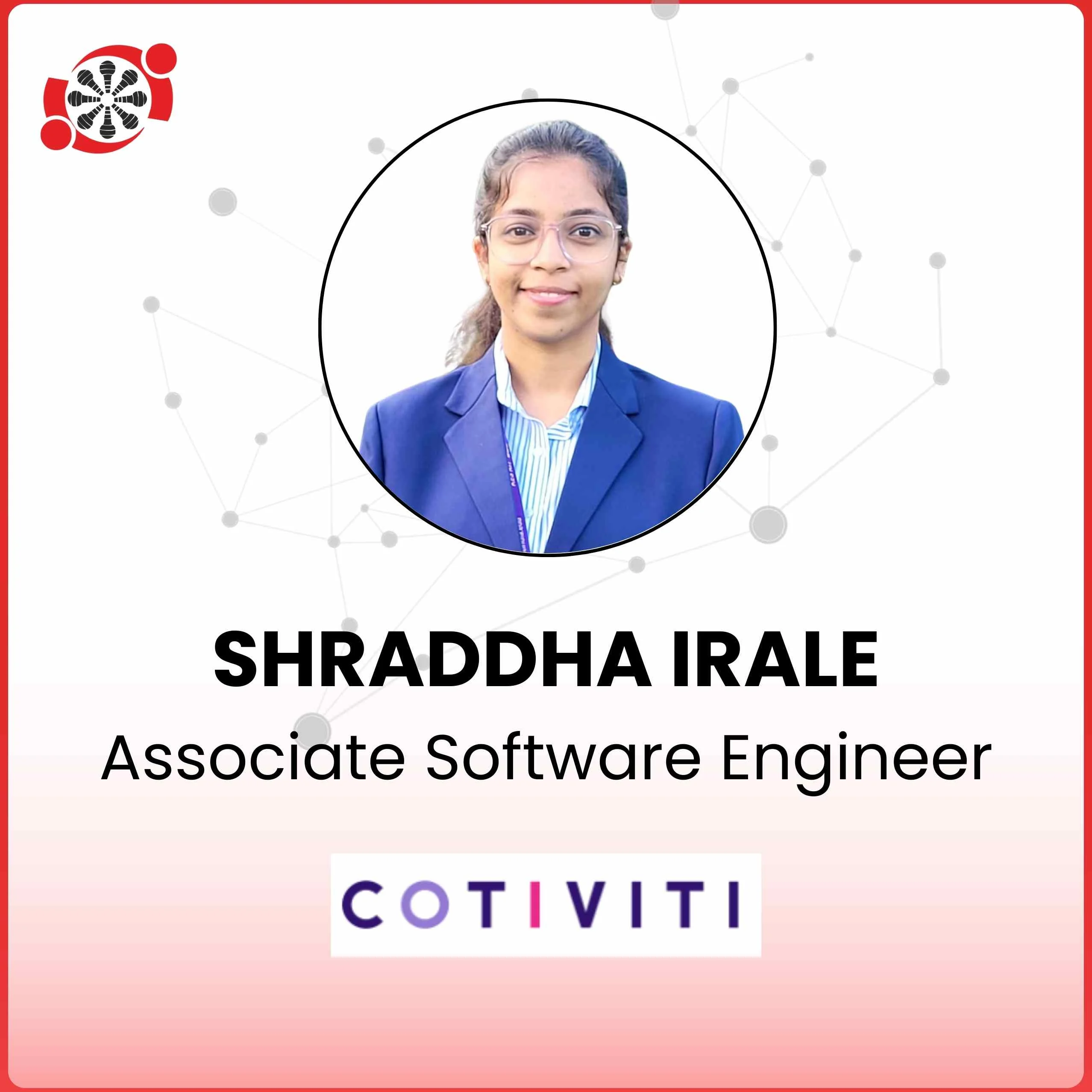
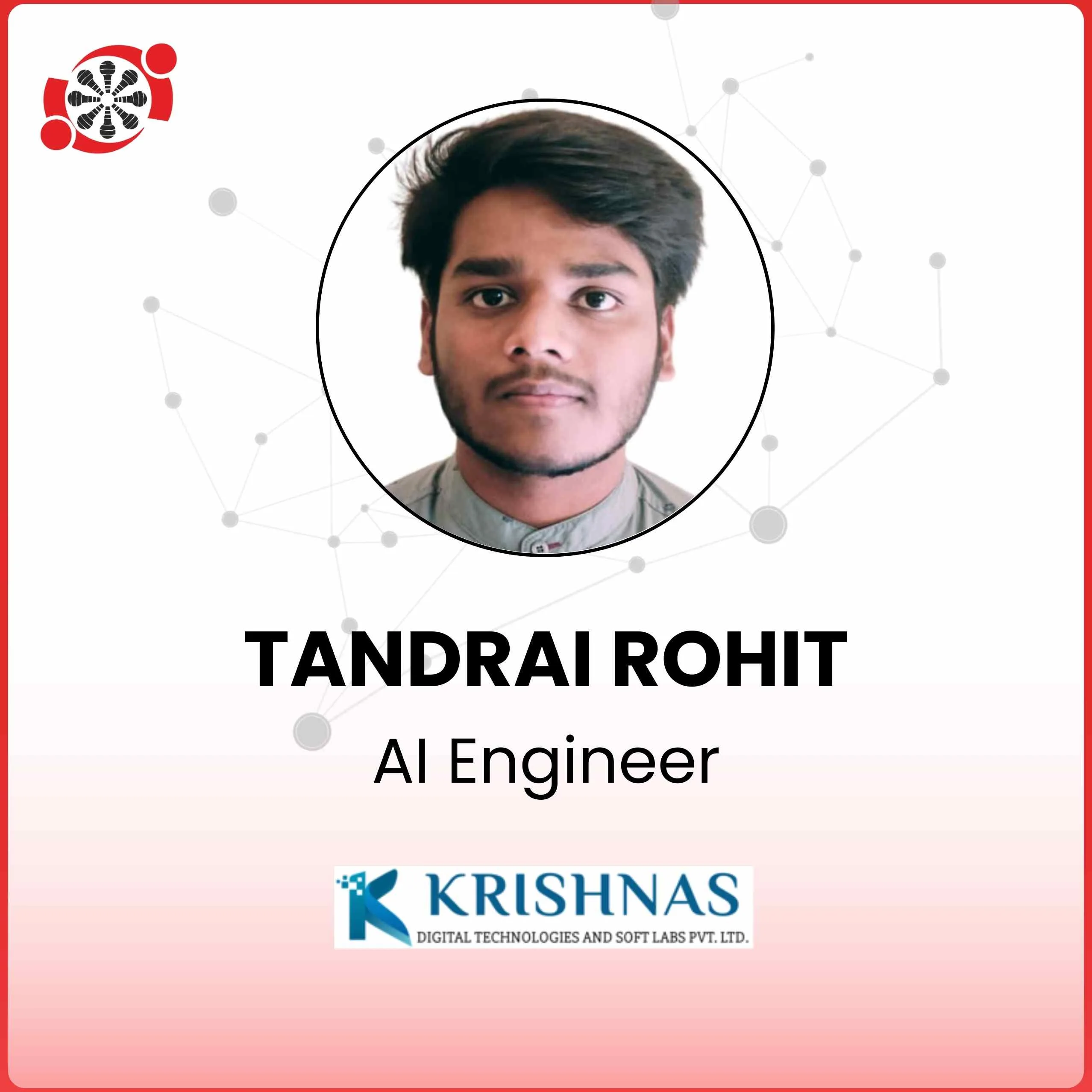






















Register Now!
Interested? Fill out the registration form to connect with our career counselors for program information and to reserve your place in the next intake. No coding experience needed, just your desire to learn and grow.
Fill in the details
© 2025 Innomatics Research Labs Pvt Ltd, All rights reserved.


